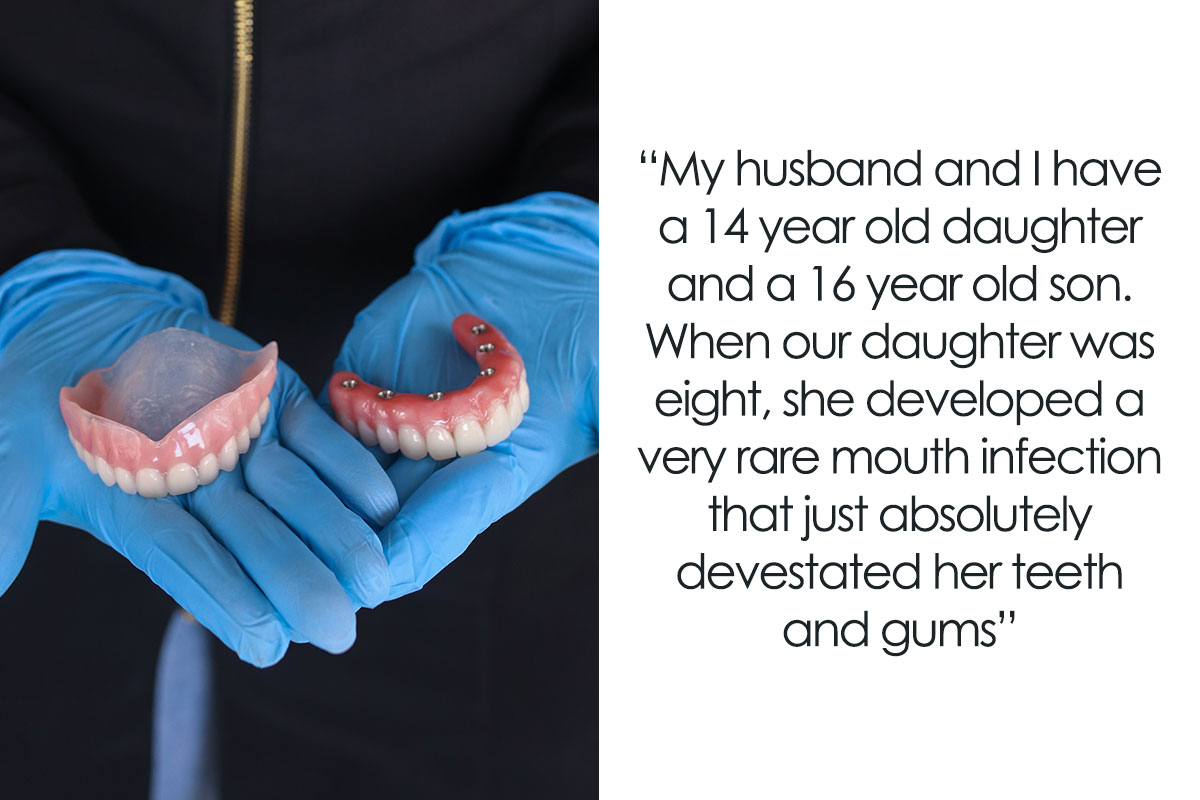A dog typically has 42 teeth in their mouth. With a total of 42 teeth, a dog’s mouth is equipped to handle various functions such as eating, tearing, and chewing.
Understanding the number of teeth in a dog’s mouth is essential for their overall dental health and well-being. Dogs have a combination of different types of teeth, including incisors, canines, premolars, and molars. Each type serves a specific purpose, from biting and gripping to grinding and shearing.
Maintaining proper oral hygiene for our canine companions is crucial to prevent dental issues like plaque, tartar buildup, and gum disease. We will explore the different types of teeth dogs have and how we can ensure their dental health stays in tip-top shape. So let’s dive right in!
Understanding The Structure And Function Of Canine Teeth
Understanding the structure and function of a dog’s teeth is crucial for their overall health. The front teeth, known as incisors, play a vital role in grooming and nipping. Canine teeth, on the other hand, are mighty fangs that dogs use for holding and tearing.
Premolars act as the essential grinding mechanism for chewing, ensuring proper digestion. Lastly, the molars, which are robust and strong, are responsible for crushing and grinding food. Each type of tooth serves a specific purpose, enabling dogs to eat and maintain their oral hygiene effectively.
By recognizing the different teeth in a dog’s mouth, pet owners can better understand their dental needs and promote proper care to ensure overall well-being.

Credit: www.boredpanda.com
Calculating The Total Tooth Count In An Adult Dog
Dogs have two sets of teeth: primary teeth and permanent teeth. The primary teeth, also known as baby teeth, are the first to emerge in a dog’s mouth. These teeth are temporary and are eventually replaced by the permanent teeth.
The permanent teeth are the long-term teeth for adult canines. Dogs have a dental formula that helps determine the total tooth count. This formula unveils a pattern in the arrangement of the teeth. However, it’s important to note that there can be variations in the number of teeth among different dog breeds.
These breed variations can lead to discrepancies in the tooth count. Understanding the dental formula and breed variations can provide valuable insights into a dog’s oral health.
Understanding The Timeline And Stages Of Dental Growth
Dogs have different stages of dental growth, starting with a toothless neonatal stage in newborn puppies. During this time, they rely solely on their mother’s milk for nutrition. As they grow, puppies develop deciduous or temporary teeth, which eventually fall out to make way for their permanent set.
This process is known as eruption and replacement, where the adult teeth emerge and replace the baby teeth. Once the adult teeth have fully grown in, the dog reaches dental maturity. It’s crucial to maintain dental health through regular check-ups, cleaning, and proper oral care to prevent issues like periodontal disease.
Understanding the timeline and stages of dental growth in dogs can help pet owners provide the necessary care for their furry friends’ oral hygiene.
Key Steps To Maintain A Healthy And Strong Canine Smile
Dogs have a specific number of teeth in their mouth, and it’s important to take care of them. One key step is establishing a dental hygiene routine that includes regular brushing. This helps maintain their oral health and prevent dental problems.
Additionally, dental diets and chews can also promote good oral hygiene by providing nutrition and reducing plaque buildup. However, it’s crucial to remember the importance of professional dental cleanings during regular veterinary check-ups. These cleanings can reach areas that brushing may miss, ensuring a thorough examination and treatment if necessary.
Lastly, as responsible pet owners, it’s essential to be aware of warning signs of dental issues in dogs. Identifying common problems early allows for timely intervention and treatment, ensuring a healthy and strong canine smile.
Exploring The Dental Problems That Affect Canine Oral Health
Dogs have a certain number of teeth in their mouth, and it’s important to understand their dental health. Periodontal disease is a common issue that affects their teeth and gums silently. Dental injuries like fractures, luxations, and trauma can also impact their oral health.
Misalignment of teeth, known as malocclusion, can have various implications. Recognizing and treating oral tumors is crucial in preventing and addressing dental cancers in dogs. By paying attention to these dental problems, dog owners can ensure their pets maintain good oral hygiene, leading to overall better health for their furry friends.
Conclusion
To summarize, understanding the number of teeth a dog has is crucial for their overall dental health. Dogs typically have 42 teeth, which consist of incisors, canines, premolars, and molars. Each type of tooth plays a specific role in chewing and maintaining proper oral hygiene.
Maintaining your dog’s dental health is important for their overall well-being. Regular brushing, dental treats, and professional cleanings can help prevent dental issues such as plaque buildup, gingivitis, and tooth decay. Additionally, being aware of any changes in your dog’s teeth or behavior can alert you to potential dental problems that may require veterinary attention.
By prioritizing your dog’s dental health, you can ensure they maintain a strong, healthy smile for years to come, allowing them to enjoy their favorite treats and chew toys without discomfort or pain. Don’t forget to schedule regular dental check-ups with your veterinarian and provide the necessary care to keep those pearly whites shining bright.
